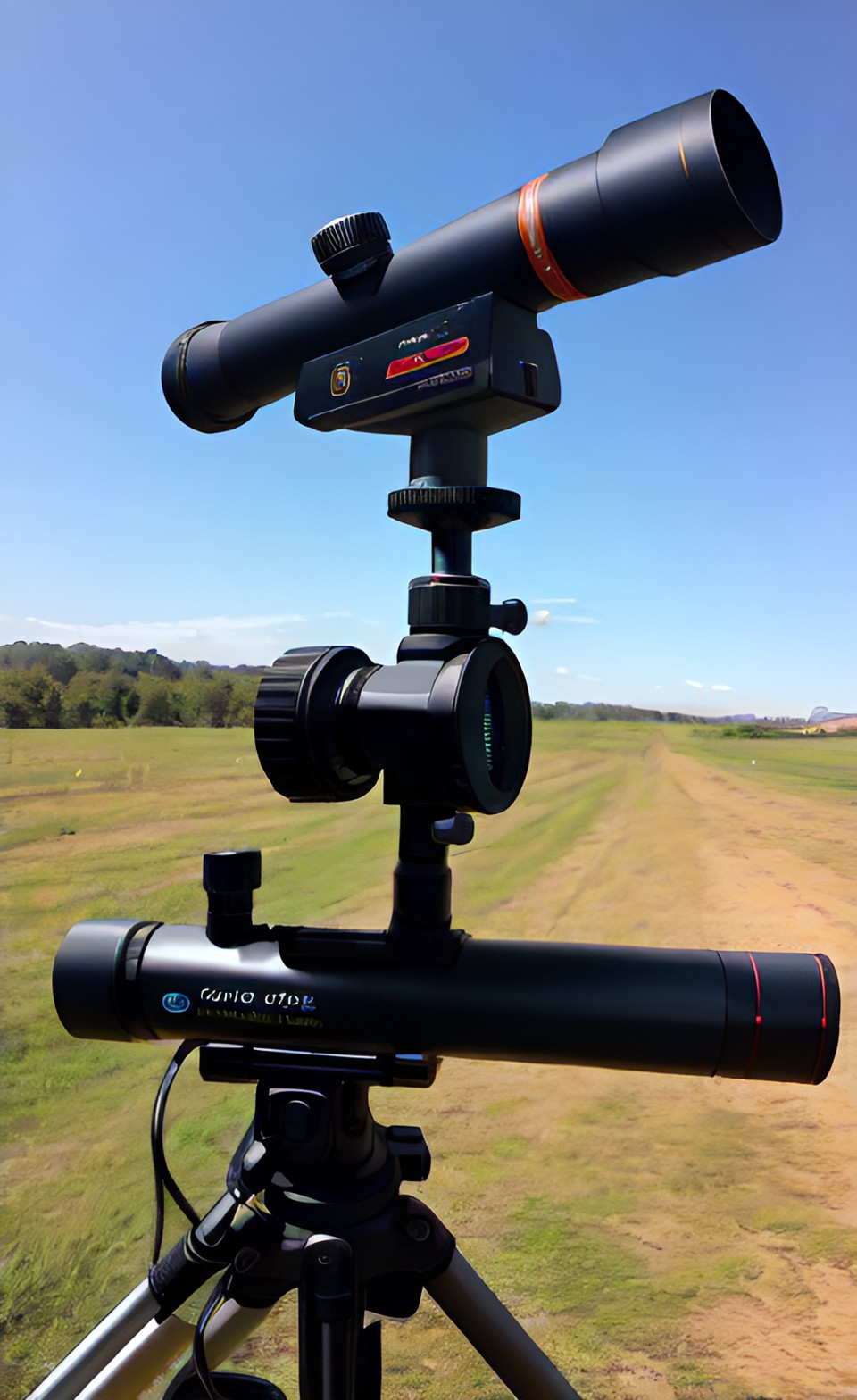Scope vs. Risk: Finding the Risk-Appropriate Scope
When undertaking a project, whether it’s implementing a new software system, constructing a building, or organizing an event, determining the scope is a crucial step. However, it is equally important to consider the associated risks and find the risk-appropriate scope. Balancing the desired outcomes with the potential hazards can greatly impact the project’s success and ultimately, its overall value.
Scope refers to the boundaries and deliverables of a project, including its goals, objectives, and tasks. It sets the parameters of what needs to be done, and provides a clear direction for the project team. In contrast, risk refers to the likelihood and potential impact of unexpected events or circumstances that may arise during the project’s lifecycle. These risks can lead to delays, cost overruns, and even the failure of the project.
Finding the risk-appropriate scope involves assessing the potential risks and determining the acceptable level of uncertainty for a given project. This requires a comprehensive understanding of the project’s context, constraints, and stakeholders’ expectations. It also involves evaluating the organization’s risk appetite and tolerance.
Here are some key considerations in finding the risk-appropriate scope:
1. Identify and assess potential risks: Conduct a thorough risk assessment to identify all possible risks associated with the project. This may include technical, financial, environmental, or organizational risks. By understanding these risks upfront, project teams can consider them when defining the project scope.
2. Define risk tolerance: Determine the level of risk the organization or stakeholders are willing to accept. This can vary depending on factors such as the project’s complexity, the industry, and the organization’s risk appetite. Some projects may require a more conservative approach, while others may be more risk-tolerant, allowing for greater innovation and experimentation.
3. Prioritize risks: Once the risks are identified, prioritize them based on their likelihood and potential impact. This helps in allocating resources and attention to addressing the most critical risks. It also enables the team to focus on the risks that have the highest potential for negative consequences.
4. Align scope with risk mitigation: Consider how the project’s scope can be adjusted to mitigate identified risks. This may involve breaking the project into smaller phases to reduce complexity, diversifying suppliers to avoid dependence on a single source, or implementing redundant systems to minimize the impact of potential failures. By aligning the scope with appropriate risk mitigation strategies, the project team can increase the chances of success.
5. Communicate and manage expectations: Consistent and clear communication is essential throughout the project’s lifecycle. Stakeholders, including sponsors, project team members, and end-users, need to understand the scope as well as the associated risks. This ensures that everyone is on the same page and can make informed decisions based on the project’s objectives and the risks involved.
6. Monitor and adapt: As the project progresses, continue monitoring the identified risks and regularly reassess the risk-appropriate scope. This allows for adjustments to be made as new risks emerge or as circumstances change. Flexibility and adaptability are key to successfully navigating the project’s challenges and aligning the scope with the acceptable level of risk.
In conclusion, finding the risk-appropriate scope is a critical aspect of project management. By considering the potential risks, assessing the risk tolerance, and aligning the project scope with appropriate risk mitigation strategies, project teams can increase the project’s overall value and reduce the likelihood of failure. A well-balanced approach to scope and risk ensures that objectives are met, stakeholders’ expectations are managed, and potential hazards are minimized.







